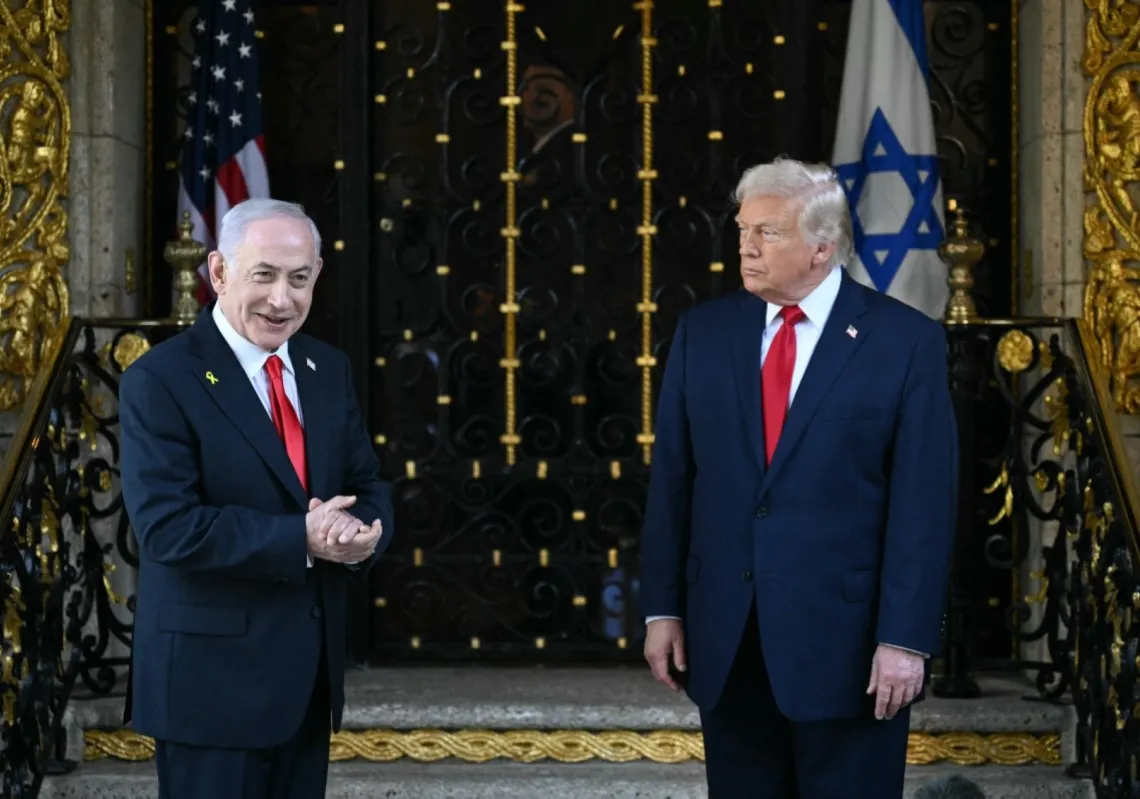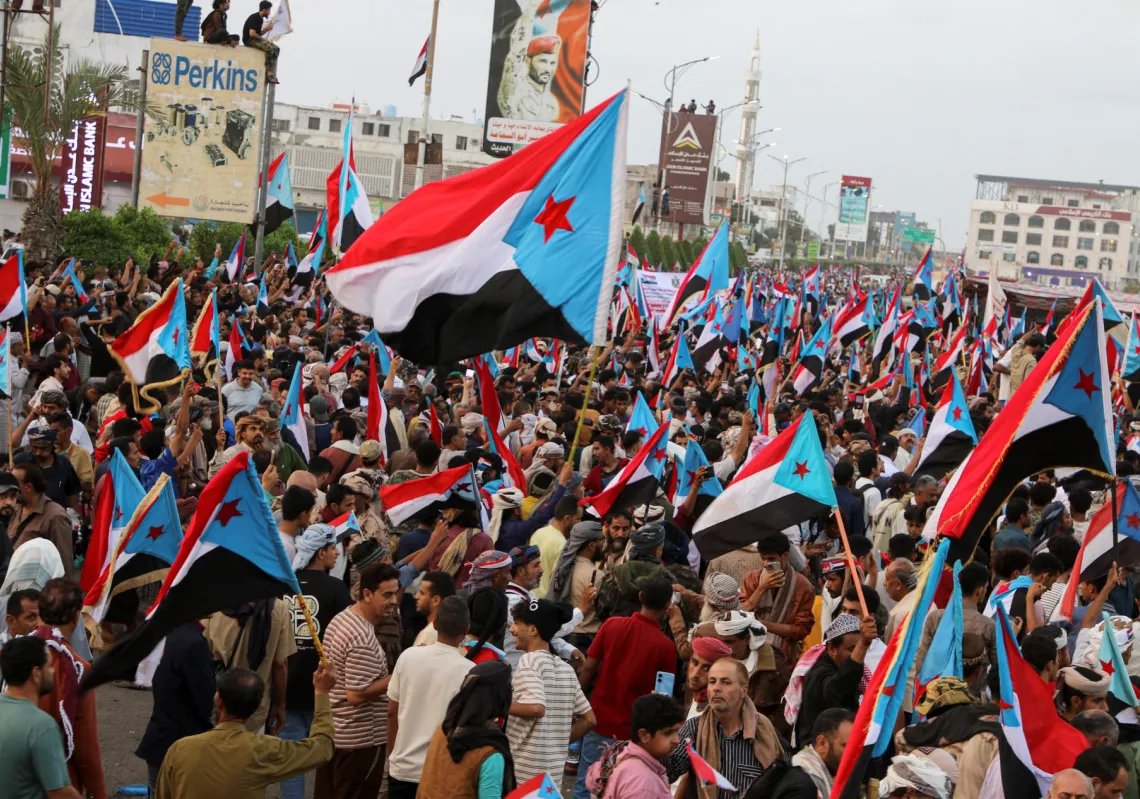On 19 September, Azerbaijan's defence ministry launched what it described as an "anti-terrorist" operation in the disputed separatist Armenian region of Nagorno-Karabakh. It demanded "the complete withdrawal of ethnic Armenian troops and the dissolution of the government in Stepanakert."
After daylong fighting, Karabakh forces agreed to a ceasefire outlined by Azerbaijan and the Russian defence ministry, which will allow Baku to regain control of the territory. Armenian Prime Minister Nikol Pashinyan said Armenia was not involved in preparing the ceasefire agreement.
While details about this story will take more time to come to light, it is clear that Azerbaijan has now gained the upper hand in its conflict with Armenia, which has spanned over three decades. Specifically, Azerbaijan had achieved a political objective of regaining territory through force.

Karabakh is internationally recognised as part of Azerbaijan, but the country has had an ongoing dispute with Armenia over its control for over three decades.
The latest military action comes after months of growing tensions. Both sides had accused each other of a military build-up, while Azerbaijani troops had blockaded the Lachin corridor — the only road that connects Karabakh to Armenia — which led to a humanitarian crisis.
Baku's official line was that Karabakh officials refused to accept aid from Azerbaijan.
Read more: Seven months of crippling blockade in Nagorno-Karabakh
Now, after the ceasefire agreement, talks have commenced on the reintegration of Karabakh into Azerbaijan.
Over the last year, US State Secretary Anthony Blinken has been involved in efforts to broker a peace agreement between Armenia and Azerbaijan in what appeared to be the most promising effort to reach a genuine breakthrough in years.
Blinken earlier had called on Baku to end its “egregious” military actions in Karabakh.
Azerbaijan’s unacceptable military actions risk worsening the humanitarian situation in Nagorno-Karabakh. We call for immediate end to hostilities and for direct dialogue.
— Secretary Antony Blinken (@SecBlinken) September 19, 2023
Still, the bigger question is, what do these latest events mean for a future peace treaty between Armenia and Azerbaijan?
How we got here
The roots of the modern-day conflict over Nagorno-Karabakh originate with the break-up of the Soviet Union but historians trace it to Joseph Stalin (himself from the South Caucasus) who, as the commissar of nationalities in the1920s, oversaw the drawings of administrative boundaries that purposely divided ethnic groups to reduce their political influence and potential nationalist aspirations.
















